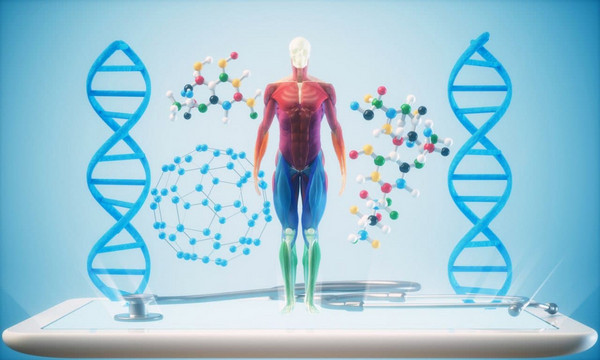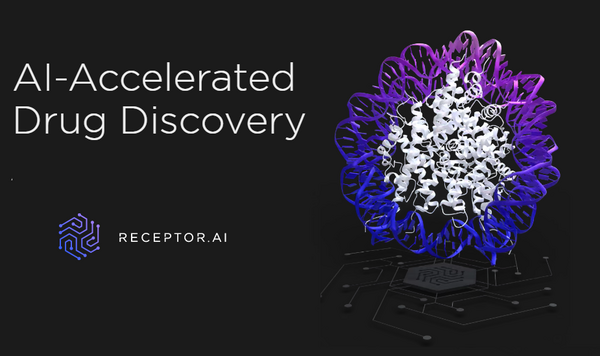Receptor.AI Tests an Innovative Technique of Chemical Data Augmentation for Discovering Anti-cancer Drugs
The BRD4 (Bromodomain-containing protein 4) protein is a transcriptional factor that plays an important role in cancer development. It has attracted a lot of attention in recent years as a promising drug target because its inhibition stops the proliferation of cancer cells.
BRD4 is a member of a family which contains several related proteins sharing the same structural motif called Bromo- and Extra-Terminal domain (BET). Although dozens of drugs that target bromodomains are proposed, the search for better inhibitors of BRD proteins in general and selective inhibitors of BRD4 in particular is still of great demand for cancer therapy.
Topics: AI & Digital

